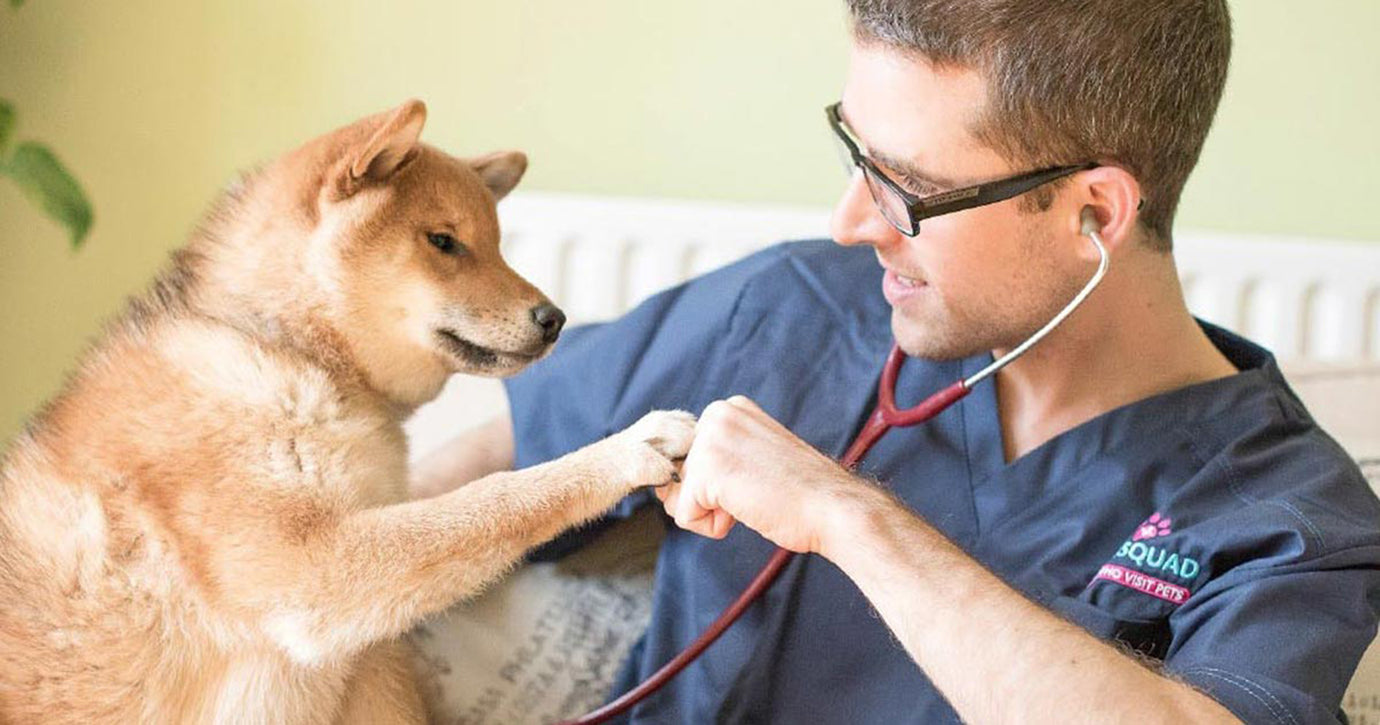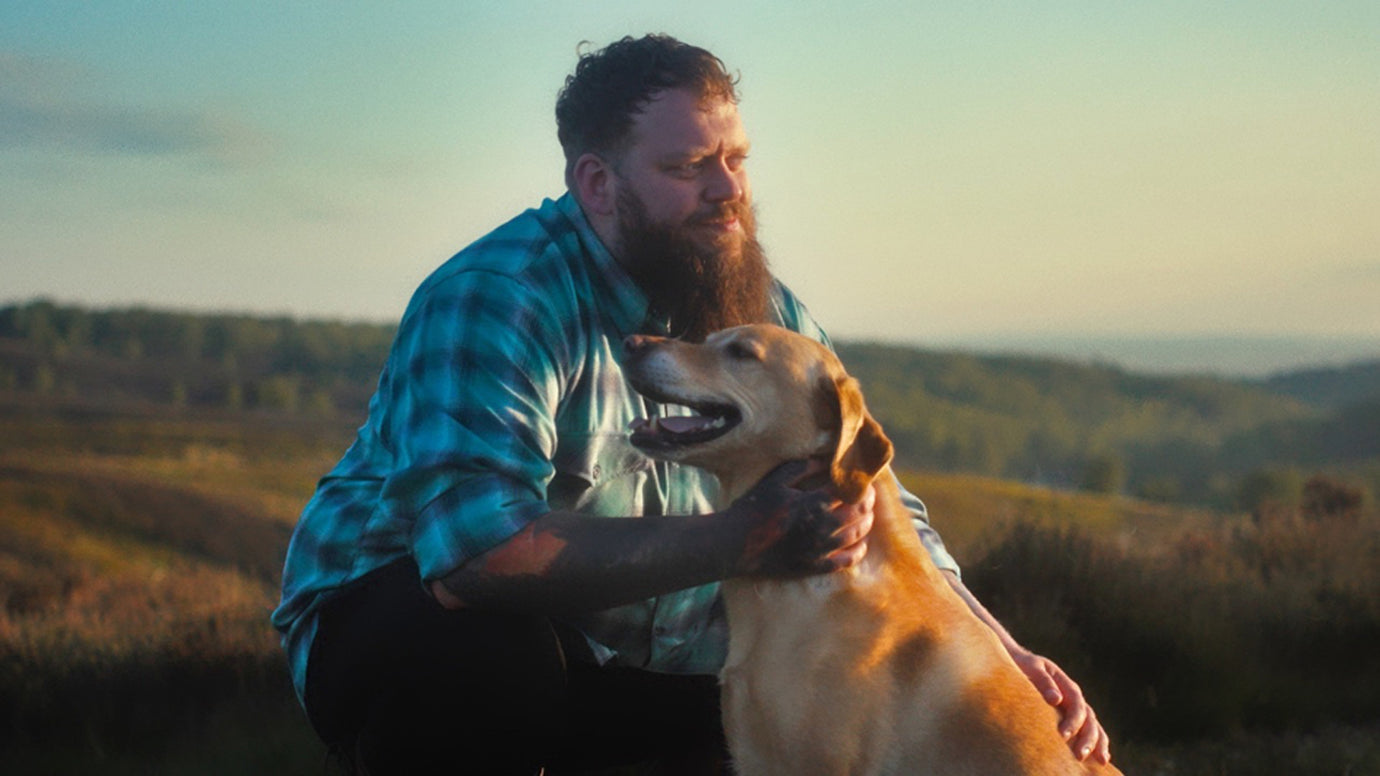Classy canines! The Top 10 tips for showing your dog

With Crufts on this month, when it comes to showing dogs, everyone can use a few tips to help give their classy canine a winning edge over the competition. There are many aspects to consider, from socialisation and training, to grooming and ring procedure. Each one can make the difference between losing or winning points, so learn as much as you can!
1. Don't slack on socialisation
A great show dog is either made or lost according to how well she was socialised as a pup. A puppy may have perfect conformation, but if she's shy with people and wilts like a flower when you take her to new places, she will never perform well enough to win in the ring.
Once the puppy has been vaccinated, take her everywhere with you.
• Expose her to new places, people, situations, noises, etc.
• Walk her on grass, cement, carpet, linoleum and rubber matting so different surfaces don't freak her out.
• Take her to puppy socialization classes, aka puppy kindergarten, so she becomes used to meeting a lot of other dogs.
• Encourage people to pet her and gently look in her mouth so she gets used to being touched by strangers (who sometimes happen to be judges).
All of these experiences will teach the pup to take everything in stride and give her confidence. Confidence is a key trait found in all top show dogs that gives them the winning stride and attitude that judges love to see.
2. Attend conformation training classes
Most active kennel clubs offer weekly training classes instructed by experienced dog handlers, and they usually only charge a few pounds to attend. Classes like this are invaluable to a novice exhibitor because the instructors will teach you all the basics of how to present a dog in the ring. Your dog will also learn what's expected from her when she competes at a dog show.
You'll learn how to:
• Gait your dog around the ring
• Stack her for examination (on the table or on the ground, according to her size)
• Perform the basic patterns, such as the triangle, the "L," and the down and back
• One additional bonus to attending conformation classes is that the instructor and other breeders can evaluate your dog's conformation and help you decide if she really belongs in the show ring. This is a hard fact that many novice exhibitors don't consider until they've wasted considerable money showing a dog that doesn't really have a chance of winning.
3. Judges like a clean dog
Although excessive grooming is discouraged in many breeds, no judge really wants to touch a dirty dog. Even if weekly bathing isn't recommended for keeping your dog's coat in proper texture, you can still spot bathe areas like the face legs and undercarriage to keep them fresh. Most breeds should be given a bath the day before the show weekend, and then brushed and spot bathed as needed to keep them in top condition.
4. Reduce staining on white fur
Stains can spoil the look of an otherwise white coat. Staining around the eyes and muzzle, as well as urine staining on the rear legs, can give the judge the impression that the dog is not well cared for between shows.
To help keep stains at a minimum:1. Combine one-part powdered boric acid with two parts cornstarch, and use a small makeup brush to carefully brush the powder into the stained areas daily. You can also use it at the dog show to brighten and dry damp hair, but remember to brush it out so your dog doesn't shake it out in the ring and look like a powder puff. Judges can dismiss dogs from the ring for having foreign substances in their coats.
2. Protect areas prone to staining by wrapping and/or banding them. Just be sure to use high-quality rubber bands, or the hair might break with repeated wrapping.
3. You can also try using a shampoo formulated especially for brightening white coats, but these products do not work miracles. Keep your dog clean all the time, and staining will be minimal.
5. Trimming and sculpting
Long-coated breeds like Shih Tzus, Lhasa Apsos, Yorkies and Maltese need trimming to keep them looking neat, as well as keep them from tripping on their hair and hindering their gait. However, the way you trim or "sculpt" the coat can affect what a judge sees, although a top-notch judge will not necessarily be fooled by a good trim once he puts his hand on the dog.
• If your dog's legs are a little too close together in the front or rear, trim the outline of the paws slightly shorter on the inside to create a little more distance between the paws when the dog stands or moves.
• You can make an older dog look a little fresher and more youthful by carefully trimming a little length off the head fall, beard, ears and tail, as part of a regular trim.
• Trimming a small section of hair directly in front of the dog's tail, as well as trimming a slight amount of hair away from the back of the tail just above the anus, can make a low tail set look a little higher.
6. Start out in the middle
When you enter the ring for your class, try not to be the first or last dog in the line-up. Sometimes judges will make all the competitors line up in order as printed in the show catalogue, but if you have a choice, try to be somewhere in the middle.
You want to do this for several reasons:1. If there's at least one dog ahead of you, this gives you more time to have your dog stacked in perfect position and brushed (if she has a longer coat). The first handler in line doesn't have as much time to fuss over the dog since the judge will examine that dog immediately after the entire group is gaited around the ring.
2. The last handler in line will also have to work quickly to make the dog look perfect because the judge will already be giving all the dogs one final look as the last dog in line completes her individual go around the ring.
3. If you're in the middle, you have plenty of time to keep your dog looking good before the judge runs the entire class around the ring one last time and chooses the winner.
7. Always keep one eye on the judge
A smart handler always knows where the judge is standing in the ring and what he's doing. This allows the handler to make sure the judge never sees her dog standing incorrectly and revealing faults. Keeping an eye on the judge also helps you look more professional. Each dog is allotted about two minutes to be judged, and judges do not want to waste time calling up an exhibitor twice when she's not paying attention.
8. Learn to gait your dog at the correct speed
It's a rare dog that has perfect conformation, so most show dogs have a fault somewhere. If your dog's fault is in somewhere in her gait, you need to figure how fast or slow you need to walk her so she moves at her best. Have a friend walk the dog for you as you watch.
Rear Movement
Look at how the dog's legs move when she walks away directly from you. If they are weak and the hocks tend to lean in toward each other, see if moving the dog faster or slower makes them stay more parallel to each other.
Front Movement
Next, look at the front legs as the dog walks toward you. If the feet tend to converge close together, try moving the dog a little slower to see if this corrects the movement.
Side Movement
Finally, look at the dog from the side as she moves. Are her shoulders laid back instead of hunched behind her neck? Do her feet kick out behind her a bit as they should? Does her top-line remain smooth instead of bouncing up and down? Practice with her at different speeds to find which one helps her move as correctly as possible.
9. Keep your dog between you and the judge
The judge is supposed to be judging your dog, not you, so keep the dog between the two of you at all times. If the judge asks you to walk your dog in the "L" pattern, make sure you switch hands with the lead and walk the dog on the other side of you so the judge can see her instead of your legs blocking his view.
10. Keep yourself calm
Nothing can spoil a show dog's performance more than a nervous handler. If you feel keyed up and anxious, the dog will feel it through your hands and the show lead, and this will shake her confidence.
Take slow, deep breaths to steady yourself, and pay attention to everything going on in the ring. If you've prepared your dog properly, there's no need to feel nervous. The judge is the one who points the finger at the winner, and that's something that you ultimately can't control. Just focus on working with your dog as a team.
Gaining true expertise takes time
Tips can help you move ahead a little faster in the dog show world, but gaining real expertise takes time and experience. If you have a dog that is truly show quality but you don't think you're winning as much as you should, take a look at what the winners are doing. Study your competitors' dogs, and study how they handle them in the ring, as well as how they prepare them in the grooming area. Apply what you learn to how you prepare and show your dog, and you just might wind up with a champion!
(Article source: Love to Know)




